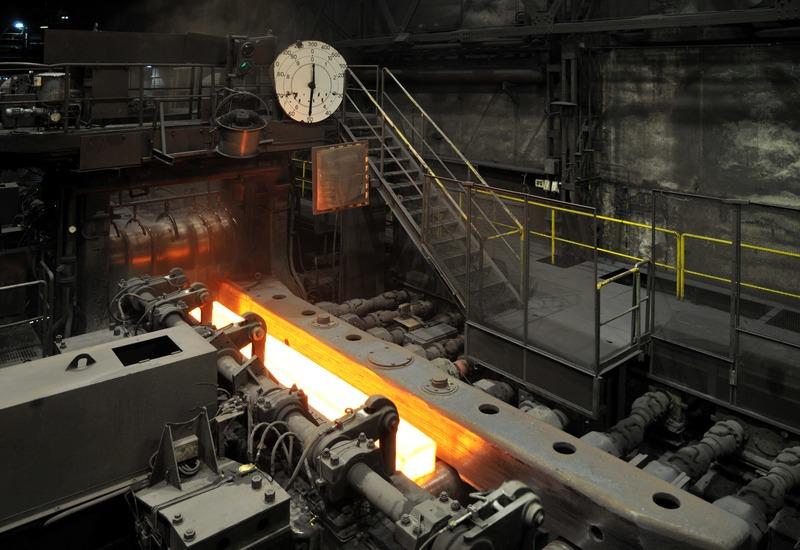In the dynamic world of commodities trading, market risk is an ever-present challenge that can have significant implications for market participants. The London Metal Exchange (LME), as a leading marketplace for metals trading, employs a range of strategies and mechanisms to manage market risk and ensure the integrity and stability of the marketplace. But how exactly does the LME manage market risk, and what measures are in place to mitigate potential threats? Join us as we delve into the intricacies of market risk management at the LME, uncovering everything you need to know to navigate the markets with confidence and resilience.
Understanding Market Risk
Market risk refers to the potential for losses arising from adverse movements in market prices, including fluctuations in commodity prices, interest rates, exchange rates, and equity prices. For the LME, market risk manifests primarily through price volatility in metals markets, which can impact the profitability and stability of market participants, including producers, consumers, traders, and investors.
Risk Management Framework
At the heart of the LME’s approach to market risk management lies a robust risk management framework designed to identify, assess, and mitigate potential risks. The exchange employs a combination of quantitative models, qualitative analysis, and expert judgment to evaluate market risk exposures across its trading platforms and products. By understanding the nature and magnitude of market risk, the LME can implement appropriate measures to manage and control these risks effectively.
Margin Requirements
One of the key tools used by the LME to manage market risk is the imposition of margin requirements on its participants. Margin is essentially a form of collateral that participants must deposit with the exchange to cover potential losses from adverse price movements. By requiring participants to maintain adequate margin, the LME reduces the risk of default and ensures the financial integrity of the marketplace.
Position Limits and Controls
To prevent excessive speculation and maintain orderly markets, the LME imposes position limits and controls on its participants. These limits restrict the size of positions that participants can hold in LME contracts, thereby reducing the potential for market manipulation and excessive risk-taking. By enforcing position limits and controls, the LME fosters transparency, fairness, and stability in the marketplace.
Market Surveillance and Oversight
Market surveillance and oversight are essential components of the LME’s risk management framework, providing ongoing monitoring and supervision of trading activity to detect and deter potential misconduct or market abuse. The exchange maintains a dedicated team of surveillance professionals who use sophisticated tools and techniques to monitor trading activity in real-time, identify irregularities, and investigate potential violations of exchange rules.
Conclusion: Navigating the Risks
In conclusion, the London Metal Exchange employs a comprehensive range of strategies and mechanisms to manage market risk and ensure the integrity and stability of the marketplace. Through its risk management framework, including margin requirements, position limits, and market surveillance, the LME strives to identify, assess, and mitigate potential risks effectively. By navigating the risks with vigilance, transparency, and resilience, market participants can navigate the complexities of commodities trading with confidence and precision, unlocking value and opportunities for success in the ever-evolving world of commodities markets.
As we navigate the tides of market risk, let us embrace the challenges and opportunities that lie ahead, leveraging our knowledge and insights to navigate the markets with confidence and resilience.
